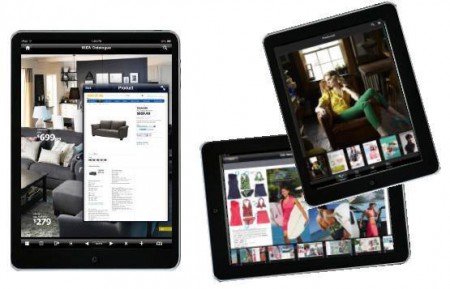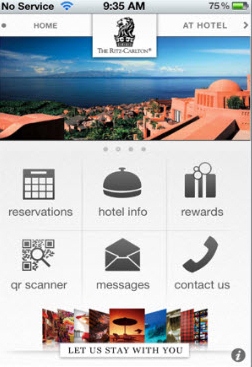The intersection between digital, social and physical experiences.
 If you do a quick search online, you’ll find lots of articles about showrooming. And if you’re unfamiliar with the concept, it’s essentially when people use a brick-and-mortar store to touch, test and even taste your product and then proceed to order it online for a cheaper price.
If you do a quick search online, you’ll find lots of articles about showrooming. And if you’re unfamiliar with the concept, it’s essentially when people use a brick-and-mortar store to touch, test and even taste your product and then proceed to order it online for a cheaper price.
Is showrooming a real threat? If you asked Best Buy, Target or Walmart there is a good chance they would say yes. Showrooming was said to be behind Target’s decision to discontinue carrying the Kindle. Some retailers are combating this trend by offering inventory that can only be purchased in store, others offer in-store pickup for online purchases, allowing customers to avoid the shipping charges, and some are simply slashing prices to complete with online retailers.
Some say it’s overblown. A recent article in Business Insider talked about the fact that many consumers choose to purchase products in stores because of the immediate availability, the service levels, or because of the fact that the products available online do not have significant benefit over those in stores. As long as pricing is generally comparable across channels, consumers are unlikely to switch to another retailer or channel.
When we asked our AskingCanadians community the following question; After researching a product online, what are the top reasons you would choose to purchase it in a store rather than online? The top responses were: want to touch/feel/try the product before buying, not willing to incur shipping charges and the inconvenience of returning the product.
In addition, our data tells us that 61 per cent of Canadian shoppers say they research products online prior to making purchase decisions. However, they still prefer the in-store channel for purchasing most products and services.
The real threat or opportunity
The real threat, or opportunity as I see it, is the ever-increasing personal use of smartphones in store: price comparison, taking and sharing product photos and searching for local deals. Just a few weeks ago customer service rep asked me to stop taking pictures in the store. Really? Nearly one in five Canadian smartphone owners use their phones to search for product recommendations while shopping. In fact, the number of smartphone users who search for this information rises dramatically to 40 per cent when iPhone owners are isolated.
 Canadians are some of the savviest mobile users in the world. You don’t need data and statics to know this. Simply watch people while they’re shopping and count the number of times they pull out their smartphones. Yet, many retailers still don’t have a mobile-ready website or app.
Canadians are some of the savviest mobile users in the world. You don’t need data and statics to know this. Simply watch people while they’re shopping and count the number of times they pull out their smartphones. Yet, many retailers still don’t have a mobile-ready website or app.
Embrace the new customer
So, is showrooming a fact? In some cases yes. Is it the beginning of the end of physical store? Absolutely not. If you are suffering from showrooming you need to ask yourself if your business is embracing the new customer and empowering your front-line staff. If not, start to work on the following:
1. Know your customers’ path to purchase: Segmentation, personas and customer journey maps are all great ways to understand today’s complex customer shopping behaviors. And, once you understand their path to purchase, use that knowledge to drive your customer experience strategy!
2. Develop a digital customer experience strategy: This needs to include all aspects of the digital experience: mobile, social, search, website and in-store digital. It was clear to me that the retailer in New York had an end-to-end digital customer experience strategy. And, it was clearly connected to the brand, marketing and training strategy.
3. Mobile is everywhere, embrace in-store mobility: Design your mobile experience to include in-store features that provide real value while shopping. If you are looking for great examples of this, check out hospitality mobile apps like the one offered by The Ritz-Carlton.
Good blog Steve, it’s easier to communicate with someone when you’re using their language and doing it at their convenience, rather than force-fitting your strategy into their life!nOne other point I would add is: know who your customer is…and isn’t. If you don’t know this, it can lead you in a very wrong direction!